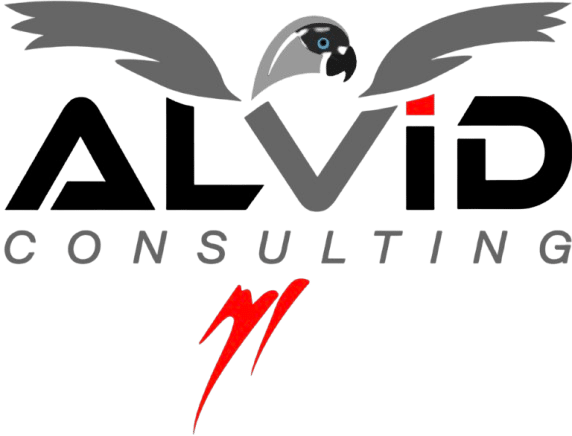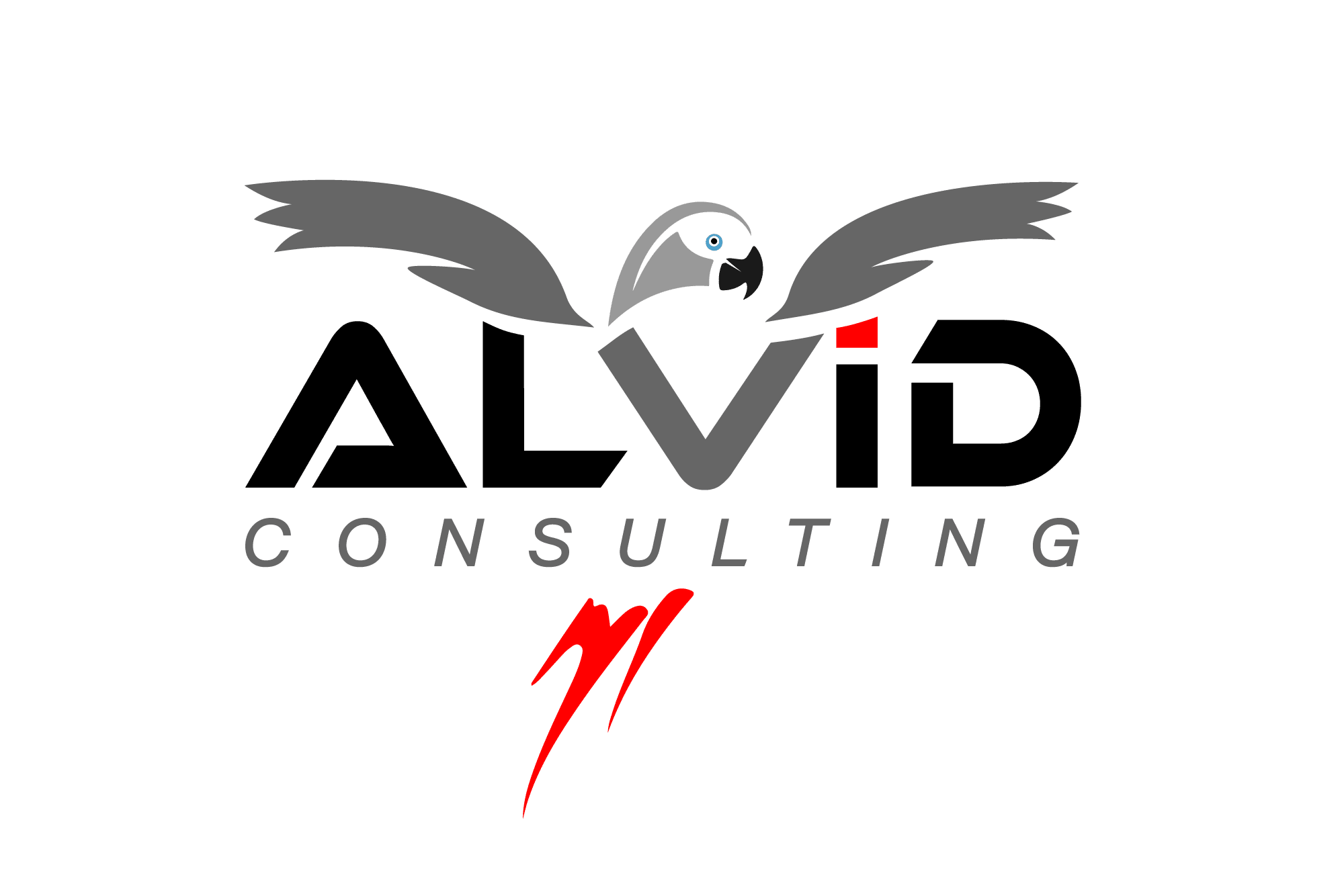Mastering Risk Management in Complex Projects: From Excel to AI-Powered Solutions
In today’s fast-paced business environment, risk is inevitable—but unmanaged risk is avoidable. At Alvid Consulting, we believe that robust risk management is not just a safety net but a strategic advantage. Whether you’re managing a construction project, a digital transformation, or a global supply chain overhaul, the ability to identify, assess, and mitigate risks is what separates reactive management from proactive leadership.

What Is Project Risk Management?
Project risk management is the systematic process of identifying, analyzing, responding to, and monitoring potential threats (or opportunities) that may impact a project’s objectives. These risks can be financial, technical, operational, legal, or even reputational.
Done right, risk management helps:
- Reduce project delays and cost overruns
- Improve decision-making and stakeholder confidence
- Ensure project sustainability and strategic alignment
Digital Tools for Risk Management: From Basic to Advanced
We’ve compiled a comprehensive list of digital tools and software, ranging from foundational solutions like Excel to cutting-edge AI-powered platforms, to help project leaders manage risk more efficiently.
🟢 Foundational Tools
- Microsoft Excel / Google Sheets Still the most widely used tool for risk registers, matrices, and custom scoring. With the right templates and formulas, Excel can be a powerful tool—but it lacks automation and scalability.
- Microsoft Project Offers risk tracking features alongside Gantt charts and scheduling, ideal for waterfall project management.
🟡 Standard Risk Management Platforms
- RiskyProject Integrates risk analysis with scheduling. Useful for quantitative analysis like Monte Carlo simulations.
- Active Risk Manager (Sword GRC) Enterprise-grade solution for operational and project risk management with audit trails and dashboards.
- @RISK (by Palisade) An Excel add-in for probabilistic risk analysis using Monte Carlo simulations.
- SpiraPlan Integrates risk, requirements, and test management. Ideal for software and agile environments.
🟠 Project & Portfolio Management Suites with Risk Modules
- Primavera Risk Analysis (Oracle) Popular in engineering and construction, combining schedule and cost risk modeling.
- Planisware Combines strategic project portfolio management with built-in risk assessment.
- Clarizen / Workfront Provide collaborative work management with risk registers and status tracking.
- Smartsheet Flexible, Excel-like interface with templates for risk logs and automation via workflows.
🔵 AI-Enhanced Risk Management Tools
- RiskLens Uses FAIR methodology to quantify cybersecurity and IT risk in financial terms.
- LogicManager Provides predictive analytics and AI-enhanced dashboards for GRC (Governance, Risk, Compliance).
- Procore Predictive Insights AI-based forecasts for construction risks based on historical project data.
- nPlan Uses AI to predict project outcomes and risk factors from past project schedules.
- Archer (RSA) Enterprise risk management platform with AI and automation to prioritize mitigation actions.
🟣 Custom & Bespoke Risk Solutions
For organizations with unique risk profiles or mature digital ecosystems, custom-built solutions offer unmatched flexibility and integration:
- Custom dashboards (Power BI, Tableau) Combine real-time data with risk KPIs across departments or regions.
- AI/ML Models (via Python, R, or cloud platforms like Azure AI / AWS SageMaker) Use structured and unstructured data to forecast risks, detect anomalies, or classify high-risk vendors/projects.
- No-code/Low-code platforms (e.g., Microsoft Power Apps, Mendix) Allow rapid deployment of internal risk apps with tailored workflows, alerts, and integrations.
- Bespoke enterprise systems Integrating ERP, CRM, and project data with advanced risk modeling (often built in collaboration with data scientists and consultants).
How to Choose the Right Tool?
Choosing the right risk management tool depends on several factors:
- Project size and complexity
- Regulatory and compliance requirements
- Level of digital maturity
- Data availability and integration needs
- Budget and scalability goals
Often, a hybrid approach—starting with Excel or Smartsheet and evolving into custom AI-enhanced dashboards—is the most practical path.
Final Thoughts
At Alvid Consulting, we don’t just implement tools—we architect risk-aware ecosystems. Whether you’re just beginning your digital risk journey or looking to incorporate AI into your strategic project planning, we bring the expertise, methodology, and technical know-how to deliver real, measurable results.
Let’s turn your risk into resilience.
📩 Contact us at alvid-consulting.com to explore how we can build or enhance your risk management strategy.
Our latest articles
Mastering Risk Management in Complex Projects: From Excel to AI-Powered Solutions
Mastering Risk Management in Complex Projects: From Excel to AI-Powered Solutions In today’s fast-paced business environment, risk is inevitable—but unmanaged…

